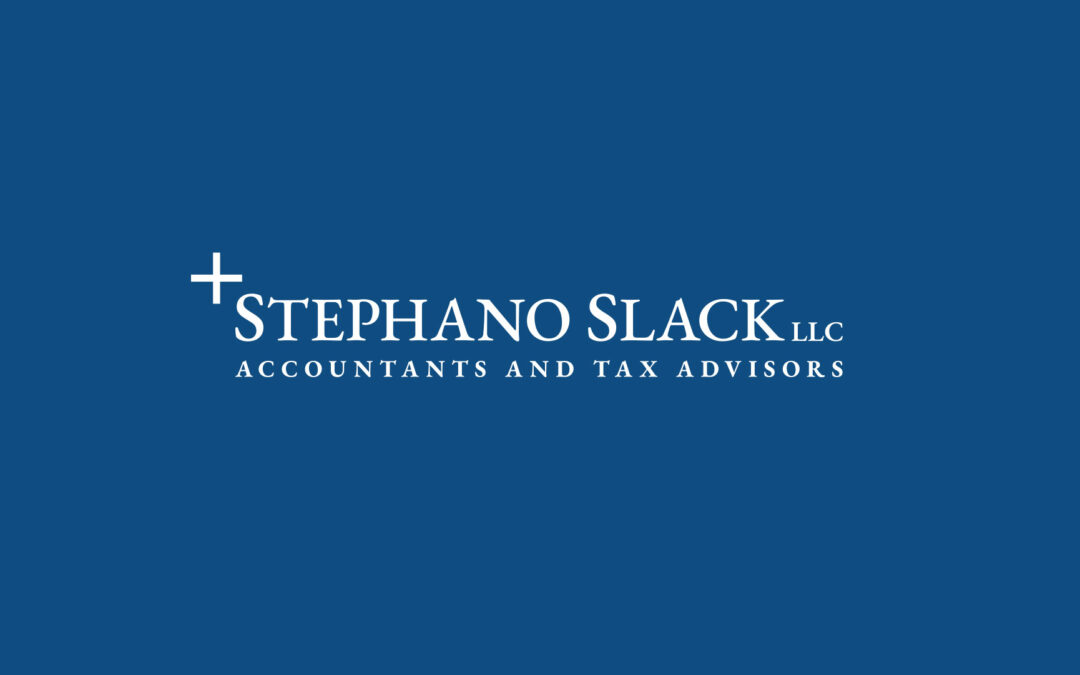On January 18, the Internal Revenue Service issued final regulations and three related pieces of guidance regarding the new 20 percent Qualified Business Income (QBI) deduction for pass-through businesses under Code section 199A.
The new QBI deduction, created by the 2017 Tax Cuts and Jobs Act (TCJA), allows many owners of sole proprietorships, partnerships, S corporations, trusts, or estates to deduct up to 20 percent of their qualified business income. Eligible taxpayers can also deduct up to 20 percent of their qualified real estate investment trust (REIT) dividends and publicly traded partnership income.
The QBI deduction is available in tax years beginning after Dec. 31, 2017, meaning eligible taxpayers will be able to claim it for the first time on their 2018 Form 1040.
The new guidance includes:
- A set of regulations, finalizing proposed regulations issued last summer
- A new set of proposed regulations providing guidance on several aspects of the QBI deduction, including qualified REIT dividends received by regulated investment companies
- A revenue procedure providing guidance on determining W-2 wages for QBI deduction purposes
- A notice on a proposed revenue procedure providing a safe harbor for certain real estate enterprises that may be treated as a trade or business for purposes of the QBI deduction
Final Regulations
The final regulations largely adopt the proposed regulations but with substantial modifications.
One item which did not change and which will disappoint taxpayers is that all capital gains and losses, including those from the sale of business assets, are still excluded from QBI.
A change from the proposed regulations that is pro-taxpayer pertains to estates and trusts. The determinations of whether an estate’s or trust’s taxable income exceeds the threshold amount is made after taking into account any distribution deduction.
The final regulations retain a presumption that an employee who converts to non-employee status while doing the same work for the same employer continues to be considered an employee for purposes of the QBI deduction and thus ineligible for the deduction. However, a new three-year look-back rule is provided by which the worker can rebut the presumption by showing records which support the worker’s case.
Other changes are also contained in the final regulations.
Proposed Regulations
The proposed regulations provide rules that cover income from publicly traded partnerships, REIT dividends and certain techniques (charitable remained uni-trusts, split-interest trusts and separate shares) used in estate planning.
Revenue Procedure 2019-11 – Calculating W-2 wages
Rev. Proc. 2019-11 allows taxpayers to use one of three methods to calculate W-2 wages for purposes of the limitation on the QBI deduction. These methods are the same methods that were proposed in an earlier IRS pronouncement. These methods are:
- Unmodified box method
- Modified Box 1 method
- Tracking wages method
The unmodified box method is the simplest but the other two methods are more accurate.
Notice 2019-7 – Real Estate Enterprise Qualifying as §199A Trade or Business
The proposed revenue procedure contained in Notice 2019-7 provides a safe harbor for individuals and pass-through entities owning an interest in real property held for the production of rents (Rental Real Estate Enterprise or RREE) to use to qualify as a trade or business under IRC section 199A and thus be eligible for the QBI deduction. Failure to satisfy the requirements of the safe harbor does not preclude a taxpayer from otherwise establishing that the RREE is a trade or business for purposes of section 199A.
In order to rely on the safe harbor, the individual or pass-through entity must hold the RREE directly or through a disregarded entity. The requirements of the safe harbor are:
- Separate books and records must be maintained to reflect income and expenses of the RREE
- 250 or more hours of rental services must be performed during the tax year (after the 2022 tax year, 250 hours of rental services must be performed in any three of the five consecutive tax years ending with the current tax year)
- Contemporaneous records must be maintained regarding the following: i) hours of all services performed, ii) descriptions of all services performed, iii) dates on which such services were performed, and iv) who performed the services.
The proposed revenue procedure defines rental services for purposes of the safe harbor. Activities excluded from using the safe harbor are real estate used by the taxpayer as a residence and real estate leased under a triple net lease. Claiming the safe harbor requires attaching a statement to the tax return affirming that all requirements of the safe harbor have been satisfied and which is signed by the taxpayer under penalties of perjury.



Recent Comments